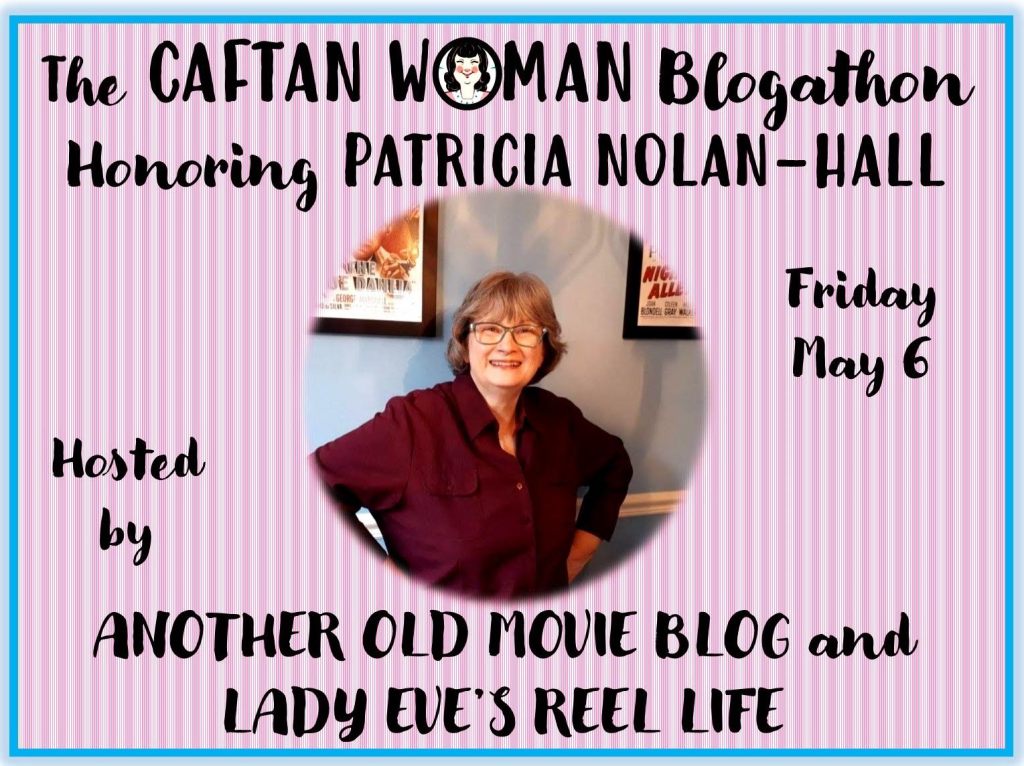
Portrait of Jennie (1948) is nothing short of haunting. Beautifully shot with an esoteric feel, the film captures the spirit of a star-crossed love letter.
A fantasy film based upon Robert Nathan’s novella of the same name, the film tells the story of an artist named Eben, living in 1934, who finds a muse in an odd but memorable girl named Jennie. As Eben’s career takes progresses, Jennie’s timeline also moves forward suspiciously fast, with her swiftly entering and exiting his life frequently, leaving an air of mystery and romance in her wake. While their characters’ stories are intertwined, the strength of their love must stand against the power of fate.

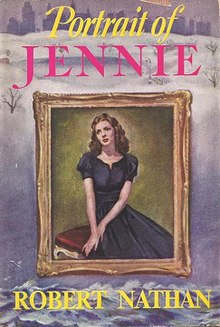

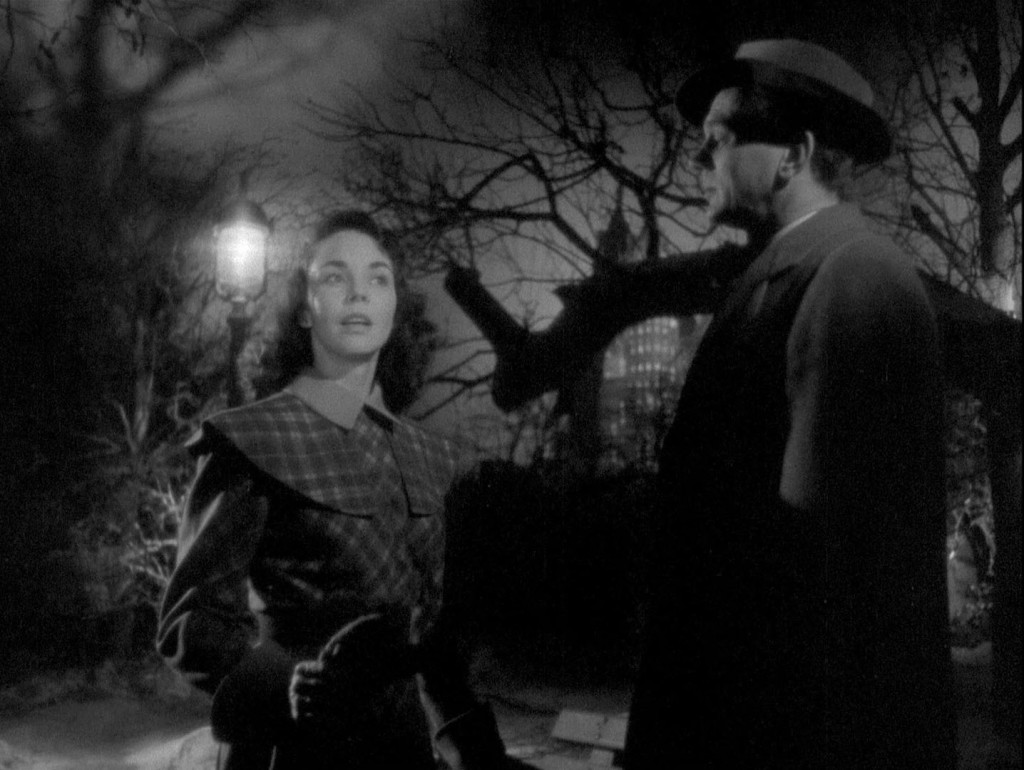
Portrait of Jennie was directed by William Dieterle and produced by David O. Selznick and David Hempstead, with cinematography by Joseph H. August. Its production company was Vanguard Films, while the film was distributed by Selznick Releasing Organization.
The film features the following cast:
- Jennifer Jones as Jennie Appleton
- Joseph Cotten as Eben Adams
- Ethel Barrymore as Miss Spinney
- Lillian Gish as Mother Mary of Mercy
- Cecil Kellaway as Matthews
- David Wayne as Gus O’Toole
- Albert Sharpe as Moore
- Henry Hull as Eke
- Florence Bates as Mrs. Jekes
- Clem Bevans as Capt. Cobb
- Brian Keith as Ice-Skating Extra (uncredited)
- Nancy Davis as Teenager in Art Gallery (uncredited)
- Anne Francis as Teenager in Art Gallery (uncredited)
- Nancy Olson as Teenager in Art Gallery (uncredited)
- Robert Dudley as Another Old Mariner (uncredited)
- Maude Simmons as Clara Morgan
By the time production began, Selznick and Jones were already romantically involved. Selznick purchased rights to the film as a star vehicle for Jones. The actual portrait of Jennie that appears in the film was painted by Robert Brickman and became one of Selznick’s favorite possessions. The portrait hung in the Selznick home after he and Jones married in 1949.




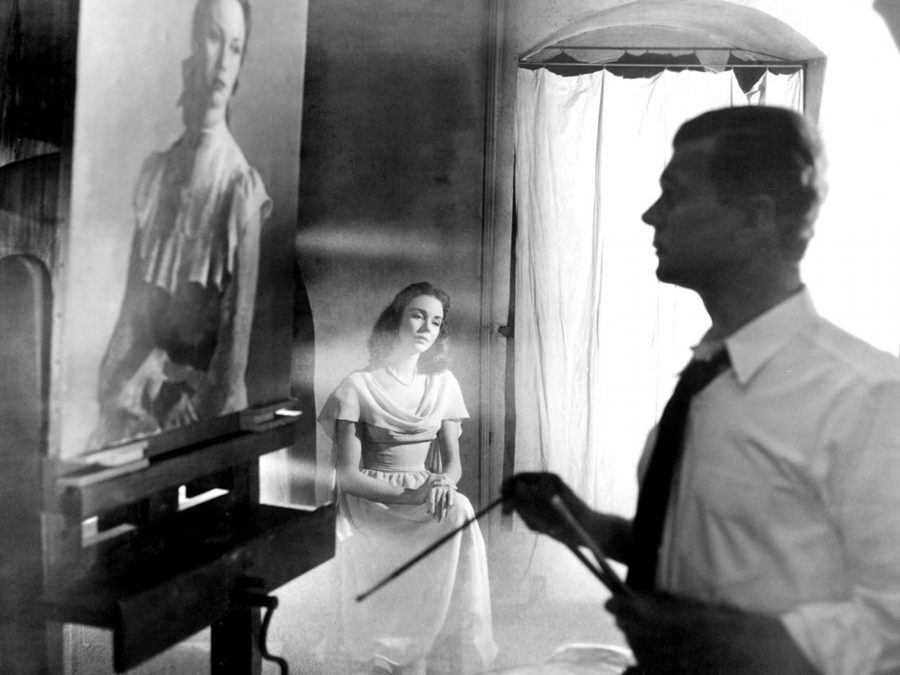
Initially, Selznick entertained the idea of filming over a period of several years. He wanted to cast a young actress as Jennie and periodically shoot the film as she aged. Shirley Temple was originally intended for the role but Selznick eventually abandoned the idea for its potential risks and difficulties.
Filming for Portrait of Jennie began in 1947, with on-location shoots in New York, New York, and Boston, Massachusetts. The New York locations included various shots in Central Park’s landmarks, the Metropolitan Museum of Art, Cloisters, and the Rialto Theatre. Boston’s Graves light and Boston Harbor also appear in the film.
Notoriously over budget due to Selznick’s perfectionism, rewrites, on-location shoots, and on-location re-shoots, the film’s budget was additionally complicated by the inclusion of tinted color sequences and the final shot of the film (the portrait of Jennie itself) being presented in three-strip Technicolor. While the majority of the film is in black-and-white, the ending sequences possess greenish color-tinting, and the ending is in full Technicolor.




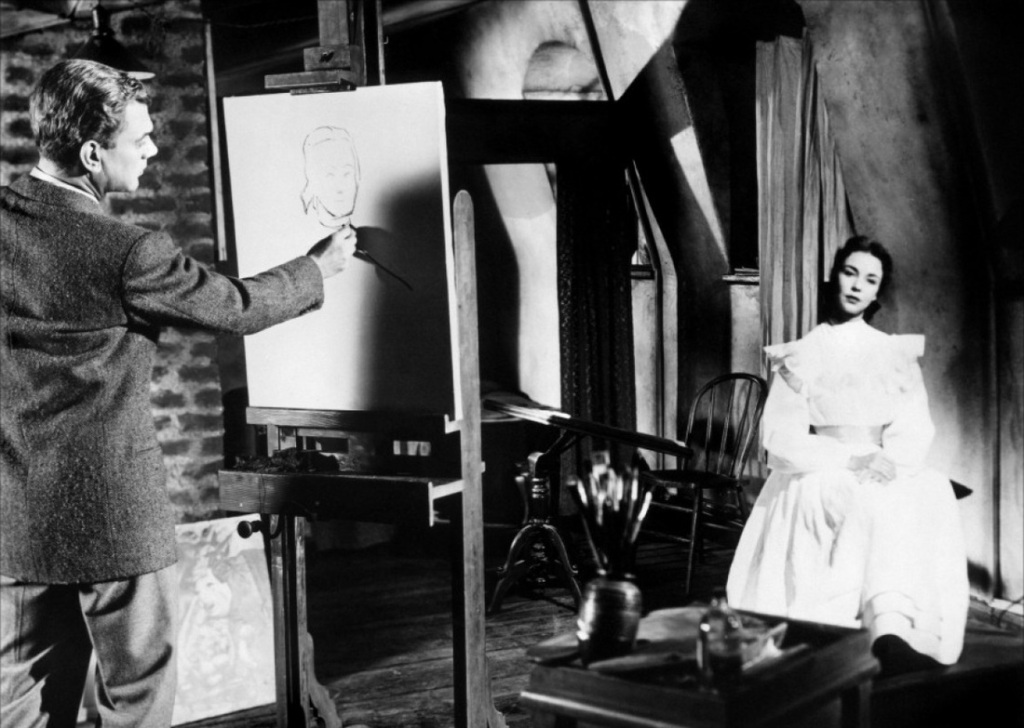
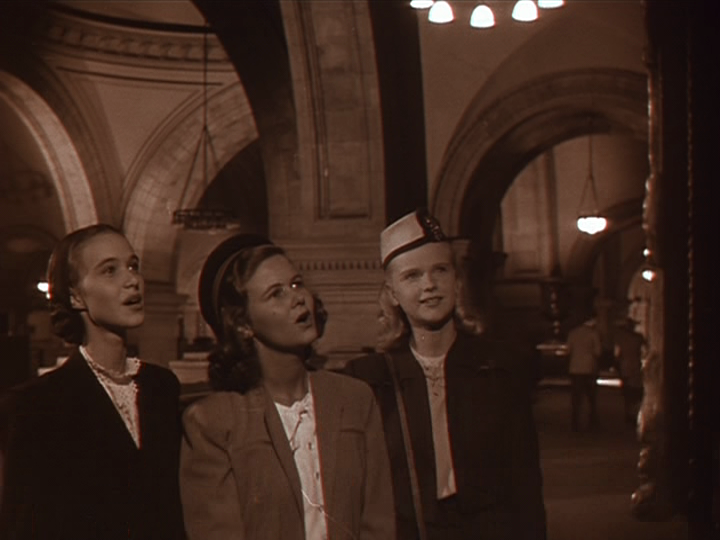
The atmosphere and music in this film are stunning and add to the poetic feel of the film. Instead of opening credits, audiences take in luscious scenery, read philosophical quotes, and listen to Cotten narrating the beginning of the story. August’s cinematography shines, with August shooting many of the scenes through an actual canvas and achieving the illusion of making them look like paintings. August was noted for using lenses from the Silent Film Era. In terms of music, Dimitri Tiomkin composed pieces that combined various classical themes. Bernard Herrmann’s “Jennie’s Theme” also appears in the film with the aid of a theremin to provide the melodies for the song Jennie sings in the novella.
Portrait of Jennie opened to lackluster reviews on Christmas Day in 1948, but grew in popularity on television in the years to come. The film was re-released as Tidal Wave in 1950, but it also flopped. Portrait of Jennie marked an end to Selznick’s career as a producer. The film wound up costing more than Gone With the Wind (1939), though it was smaller in scale and significantly shorter in duration.
The film won the Academy Award for Best Special Effects. An uncredited Lee Garmes finished shooting the film. August, who passed away on set, was posthumously nominated for the Best Cinematography Academy Award.
Portrait of Jennie remains a film that is visually breathtaking and a fantastic escape from reality.
This post is part of The Caftan Woman Blogathon: Honoring Patricia-Nolan Hall.
